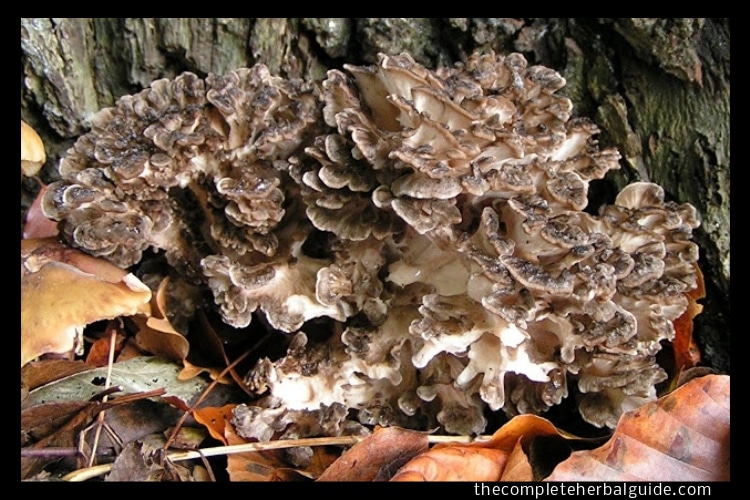
Medicinal Usages of Blue Cohosh
Blue Cohosh
Early Americans learned from the Native Americans to use blue cohosh, also called blue ginseng, squaw root, or papoose root, as a women’s herb. Pioneer physicians were so impressed by this Native American medicine that they listed blue cohosh as an official medicine in the U.S. Pharmacopeia. Today the blue cohosh is used, primarily, in herbal remedies for gynecologic conditions.
Uses of Blue Cohosh
Blue cohosh is used primarily for uterine weakness and as a childbirth aid. It is considered a uterine stimulant in most circumstances because it improves uterine muscle tone. But blue cohosh also has an antispasmodic effect on cramps. Because of its dual actions, herbalists describe blue cohosh as a uterine tonic.
Methyl cytosine, an alkaloid found in blue cohosh, is thought to be antispasmodic, while the triterpenoid saponin hederagenin is thought to provide the increased uterine tone. Blue cohosh is classified as an emmenagogue, meaning it stimulates menstrual flow. It dilates blood vessels in the uterus and promotes circulation in the pelvis, making it helpful for women who experience scanty, spotty menstrual flow, irregular periods, and difficult, painful periods. Blue cohosh seems to work best for women whose menstrual cramps are most painful on the first day of their periods.
You may use blue cohosh to relieve menstrual cramps and to treat a weak, worn-out, or sluggish-acting uterine muscle — indicated by no cramps or weak cramps but prolonged bleeding; weak pelvic, abdominal, and thigh muscles; and an aching, dragging sensation during the menstrual period.
Blue cohosh also may be useful in cases of breast tenderness and abdominal pain caused by fluid retention. Blue cohosh helps correct uterine prolapse (sagging of the uterus in the pelvic cavity).
This condition may stem from multiple childbirths or tissue laxity due to overweight or obesity. Blue cohosh also may help the uterus shrink back to its appropriate size after childbirth, although women who are breastfeeding their infants should avoid taking it.
Up until the 1970s, herbalists also used blue cohosh to improve the muscle tone of the uterus during childbirth. During pregnancy, however, women should avoid all products that contain blue cohosh, as there have been several cases of problems reported.
In one case, a newborn infant suffered a stroke, and in another, the infant was born with congestive heart failure. Many Native American tribes used large doses of strong root decoctions of blue cohosh for preventing conception; herbalists no longer recommend this practice because the herb is unreliable for this purpose.
Blue cohosh is a diuretic — an agent that promotes urination — and a weak diaphoretic that raises body temperature and promotes sweating — which may help break a fever.






